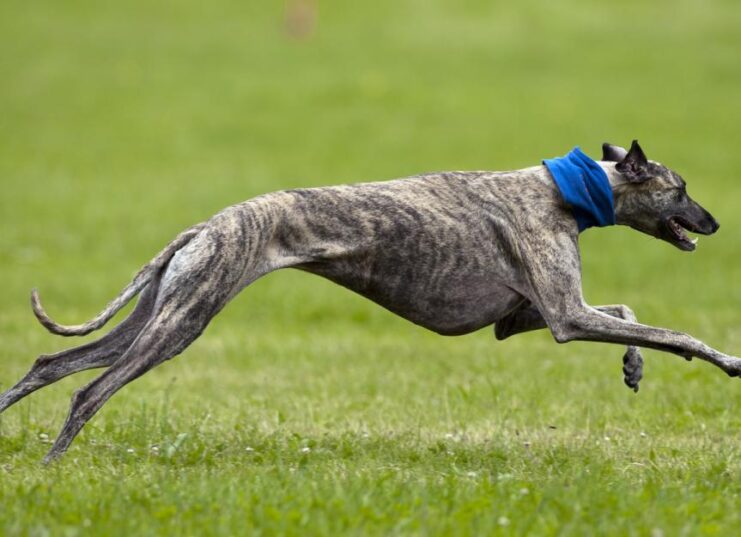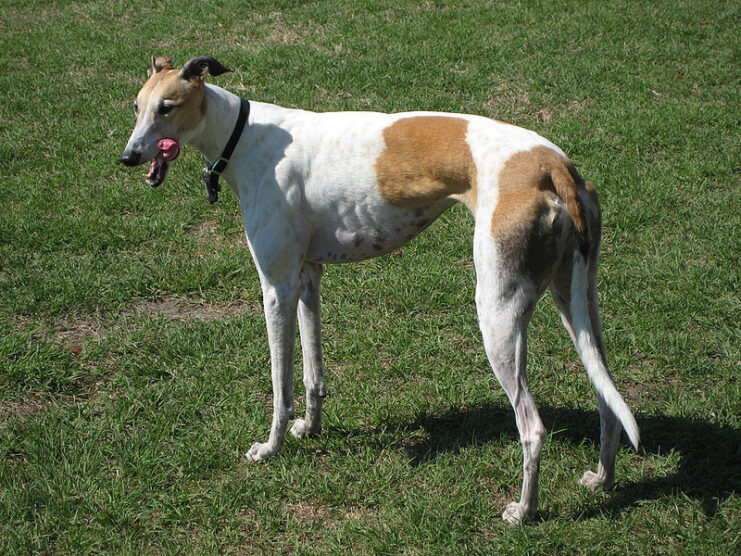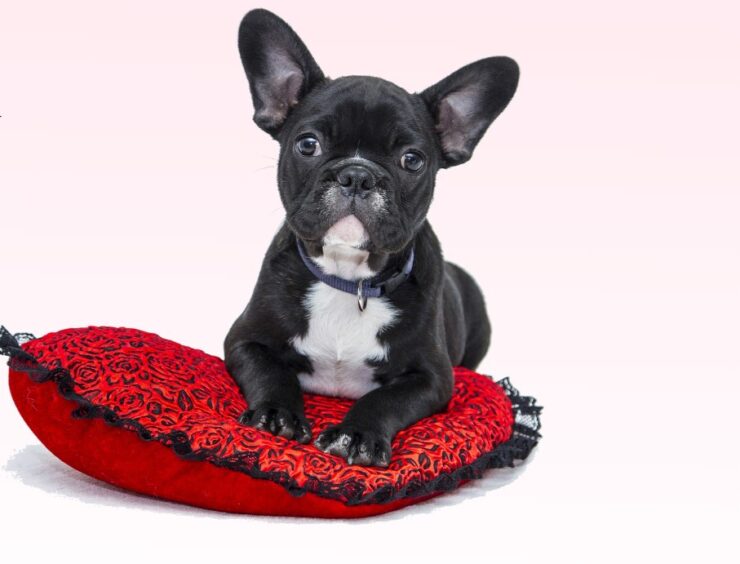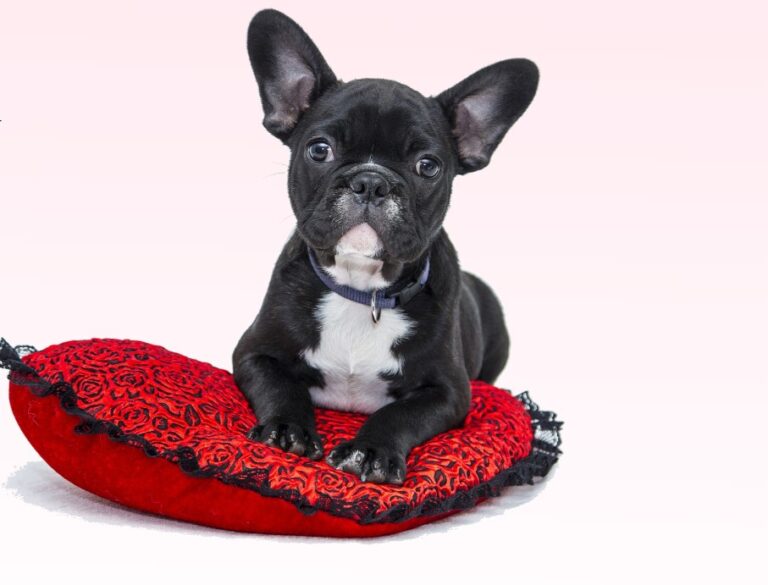When it comes to the greyhound breed of dog, there are many myths that have been purported over the years. Best known as racing dogs, too many people think incorrectly that greyhounds won’t adapt well to life as a companion pet. However, nothing could be further from the truth.
There are numerous organizations set up around North America and Europe offering adoption services for retired racing greyhounds. Most greyhounds are retired from racing between the ages of two and five, so they still have plenty of life left to live.
For the most part, greyhounds are bred to race. Another myth is that dog racing has been banned across the USA. This is not true. Only Idaho has completely banned all dog racing. Wagering on dog racing is what is being banned, so you won’t be able to bet on greyhound racing at any of the sites listed at https://www.mytopsportsbooks.com/.
When these dogs are retired from their racing careers, they will be looking for a home. And it could be that your home will prove to be the ideal location for them.
Read on to discover the pros and cons of bringing a retired racing greyhound into your family home.
Pros Of Adopting A Greyhound

Another common misconception about greyhounds is that they won’t be able to seamlessly make the adjustment to life as a companion pet. They are work dogs after all.
However, the fact of the matter is that for much of their work day, greyhounds spend their time just like any normal dog. They sleep, they play, they run around the yard, they gnaw on chew toys.
Greyhounds race because it’s in their DNA. They absolutely love to run and are capable of reaching top speeds of up to 45 mph. This fact can also scare the potential for an adoption, because there’s fear that a greyhound will be in constant need of exercise.
Again, nothing could be further from the truth. Greyhounds are sprinters. They aren’t endurance animals. Give them two runs a day of about 20 minutes each and they’ll be happy dogs.
There are also greyhound clubs in several cities at which fellow greyhound owners get together to enable their dogs to have a community run. A co-worker in the Detroit area who was the owner of a retired racing greyhound regularly took his dog to these gatherings for runs.
This is another quality that makes the greyhound an ideal pet. They are at heart a very social animal. Greyhounds get along well with all breeds of dogs. In fact, at our local dog park, there were a pair of retired racing greyhounds who would run and play with the other dogs. In fact, the rest of the dogs were enthralled to run and try to keep up with the pace of these canine gazelles.
They are equally friendly when it comes to people. As racers, they are in a public environment and learning proper social skills from a young age. They are frequently interacting with a variety of people. They are gentle by nature, well-trained, affectionate and very low maintenance. They loved to be petted and will follow their master from room to room. Another positive is that this breed of dog is not known for chewing up things, so your shoes and furniture will be safe from harm.
Greyhounds bark infrequently. Their short, smooth hair sheds very little and requires minimal grooming. Surprisingly, they are not overly active dogs, so apartment life suits them. Their well-mannered nature also makes them ideal dogs for seniors and first-time pet owners. They are gentle animals and adapt well to change. And they will sleep as much as 18 hours a day.
Another bonus is that you know you’ll be getting a healthy, well-conditioned animal. Racing greyhounds are trained daily, so you know they are fit. And they are fed a nutritious diet, so you can also count on them being in great health.
Drawbacks Of Adopting A Greyhound

One factor with greyhounds that can prohibit people from adopting them is that they are very thin-skinned. No, we don’t mean that they don’t handle criticism well. It’s a literal factor.
The skin of a greyhound is very thin, meaning they can cut easily and perhaps require stitches to repair the wound. It’s the reason why they wear muzzles when racing, so that they don’t accidentally cut each other while in close quarters. Being prone to cuts and lacerations can lead to unexpected costs in terms of vet bills.
They blend well with big dogs, especially other greyhounds. Often, people will adopt greyhounds in pairs, since they’ve been accustomed to being around other greyhounds throughout their lives. In general, though, greyhounds aren’t fond of cats. The hunting instincts of the greyhound tend to lead them to view smaller animals – even some small dogs – as prey.
Unfortunately, one of the positive qualities of a greyhound might also prove to be creating negative connotations about the breed. Since they don’t bark and tend to fall in love with everybody, they won’t be alerting you to or protecting you from any impending danger. If it’s a guard dog you’re seeking, this isn’t the breed for you.
Greyhounds also require a soft place to sleep. Due to their lithe bodies, bony joints, limited to no body fat and thin skin, sleeping on a hard floor is out of the question. A duvet on the floor will work just as well as a dog bed. However, greyhounds tend to like to lay on the furniture. They’ll have eyes for the couch and will likely beat you to the covers at bedtime. So if you’re someone who believes pets belong on the floor, again, you’ll probably be wanting to look at another breed of dog.
Related Posts:
- The Hidden Costs of Ignoring Bird Control: Why…
- Digital Growth Blueprint: How Much Money Should You…
- 10 Biggest Birds In Florida You Should Know About
- Puzzle Origins: Who Invented Jigsaw Puzzles and Why…
- AC Mysteries Unveiled: Why My AC Is Not Cooling -…
- Reasons Why Some Cultures Believe Mirrors Shouldn't…












